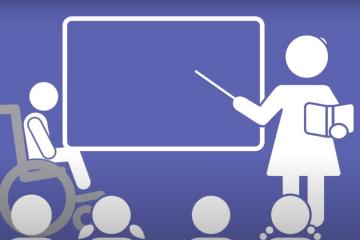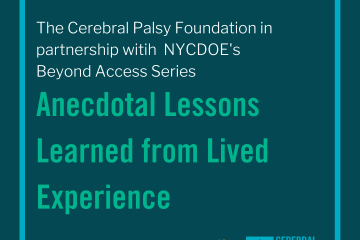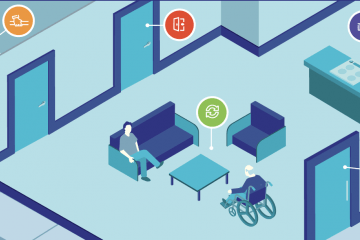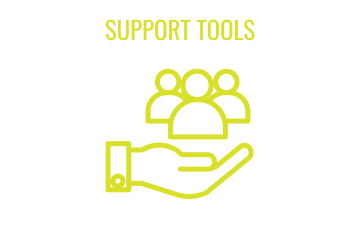What Is The Least Dangerous Assumption?
When you don't have enough evidence to make a judgment or an assessment about a student's performance or abilities, assume they can do whatever you're asking them to do.
Every educator needs to make a decision about technology they need to put in place. They're not sure if they should put Option A in place or Option B in place. This can be particularly difficult in the world of disabilities because there might not always be a perfect answer. Teachers can look to this solution, using the least dangerous assumption to make good decisions about what technology might be best.
The least dangerous assumption has three principles:
-
Everyone has different abilities and talents. No two people are exactly alike.
-
You can't judge a person's whole future success based on one score, like an IQ score. There's way more to a person than just one test score.
-
People learn best when they feel valued. When they have some sort of meaning to their life.
Anyone can use these three principles to make choices about what's the best option for a student. What's going to restrict the student in the least possible way.
Since I've learned the concept of the least dangerous assumption, it's really changed my practice. And I have not put limits on students. Students that I work with now, when they leave on the last day, they haven't just met their goals and objectives for a year, they were able to meet their goals and objectives that they came up with, that they wanted to do, that they wanted to achieve.
When you're working with a person with a disability, if you're going to fail, fail because you believe in the person's potential not because you put some sort of artificial limit on them.
"When you're working with a person with a disability, if you're going to fail, fail because you believe in the person's potential not because you put some sort of artificial limit on them."







